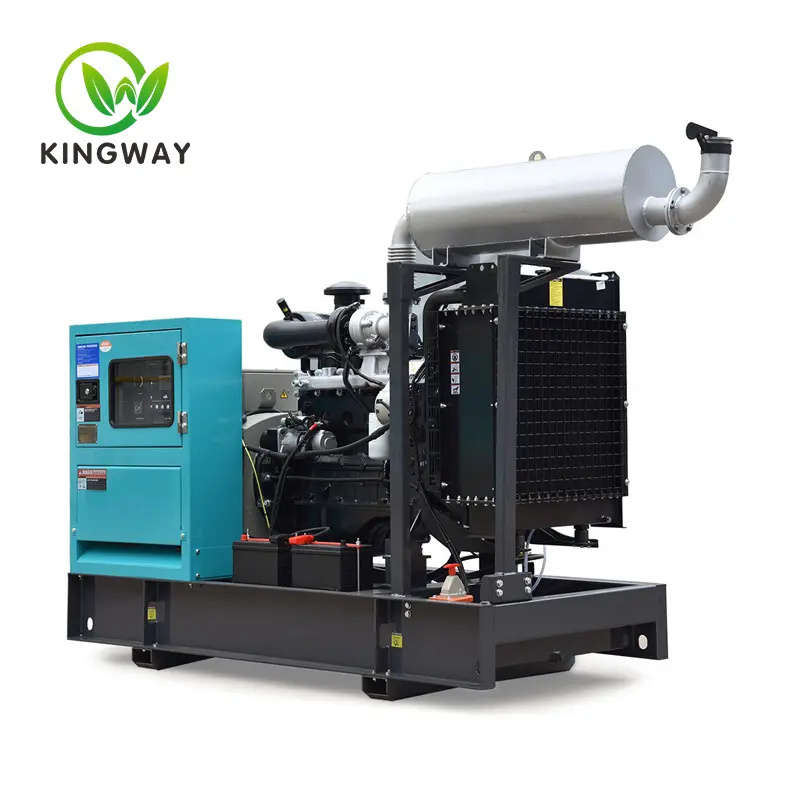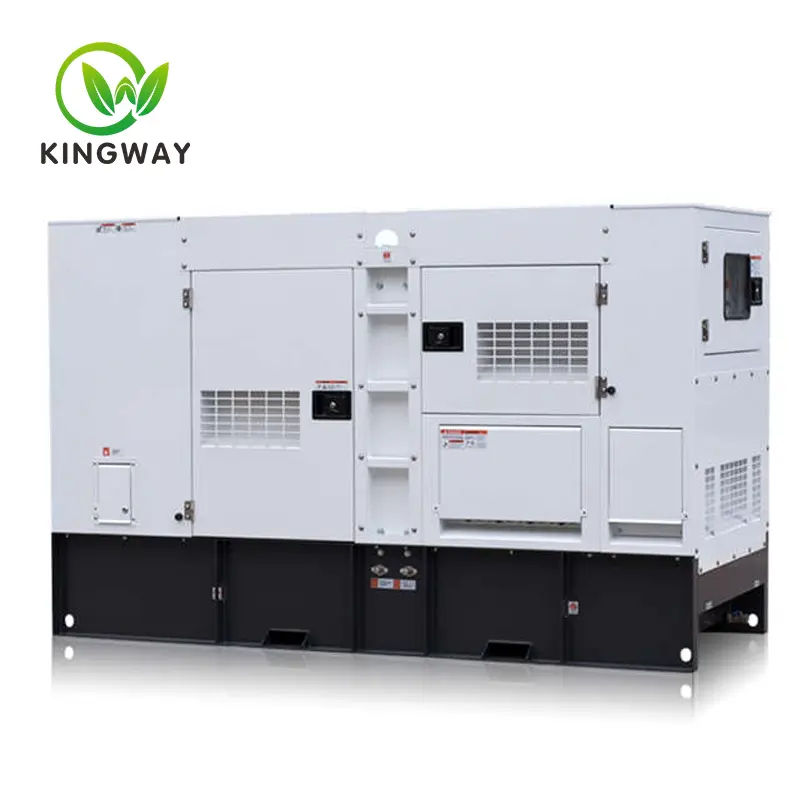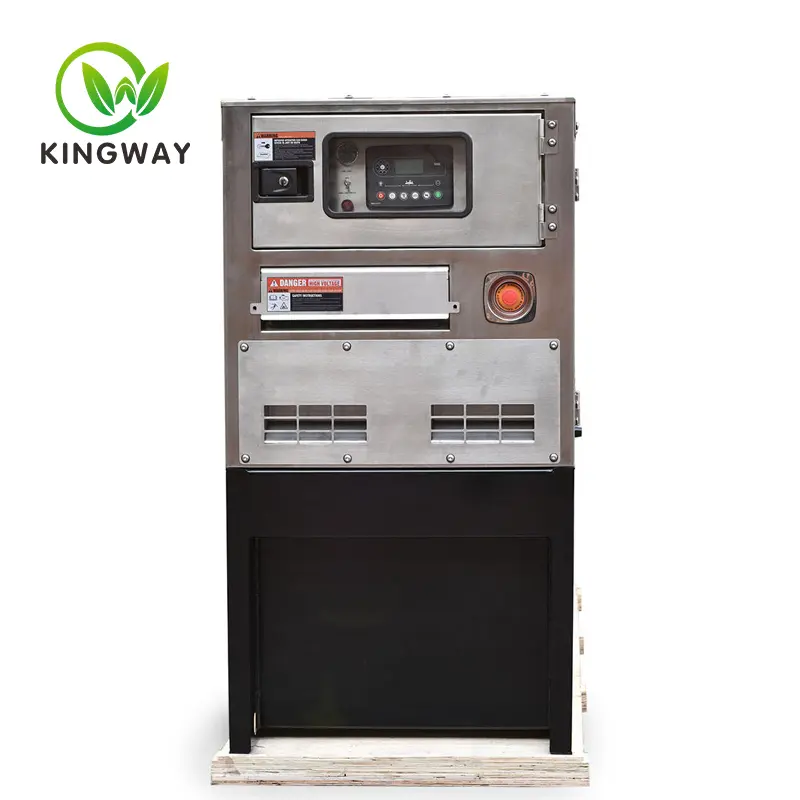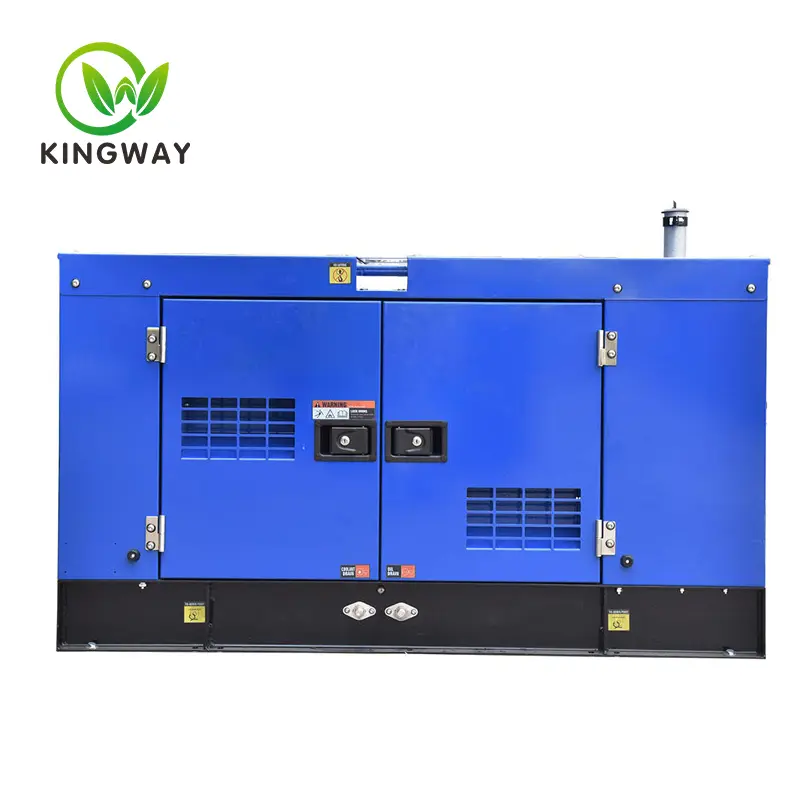Repair methods for cracks in the cylinder block and cylinder head of diesel generator sets
The repair method for cracks in the cylinder block and cylinder head of a diesel generator set must be determined based on the degree of cracking, the damaged location, the repair conditions and equipment conditions. There are five commonly used repair methods:

- Epoxy resin glue bonding
Epoxy resin adhesive bonding has the advantages of strong adhesion, small shrinkage, fatigue resistance, etc., and the process is simple, easy to operate, and low cost. The main disadvantage is that it is not resistant to high temperatures and impact. During the next repair, it will fall off after being boiled and washed in hot alkaline water and needs to be re-bonded. Therefore, except for high-temperature areas such as the combustion chamber and valve seats, all other parts of the cylinder block and cylinder head can be repaired using this method.
- Screw filling
This method is suitable for some flat parts that are not subject to large stress, have small strength requirements and have a short crack range (generally less than 50 mm). The repair quality is high, but it is more time-consuming. The specific filling process is as follows:
- Drill a hole at each end of the crack to prevent the crack from continuing to extend;
- Drill holes along the crack and tap out the thread. The diameter of the hole depends on the diameter of the thread, ensuring that the holes overlap by 1/3 of the hole diameter;
- Screw in the pre-threaded copper rod into the tapped thread, and then cut off the copper rod so that the cut point is 1~1.5 mm higher than the crack surface;
- In order to make the filling tight, use a hand hammer to gently tap between the cut screws and smooth them with a file. If necessary, solder can be used to prevent leakage.
- Repair board and sealing
In the parts of the cylinder block and cylinder head that are not subject to much force, if the cracks are long or there are holes, patching plates should be used around the damaged areas. The specific process is as follows:
- Drill holes at each crack end to limit its extension;
- Use a 3 to 5 mm thick copper plate or a 1.5 to 2 mm thick iron plate, cut it into a patching plate that is similar to the outline of the break and 15 to 20 mm larger than the break around it. If there are convex parts on the cracked surface, the same convex shape needs to be knocked out on the patching plate so that the entire patching plate can fit with the surface of the repaired part;
- Drill holes with a diameter of 4 to 6 mm every 10 to 15 mm around the patch panel, about 10 mm away from the edge of the patch panel. Make drilling marks on the cylinder block according to the position of the patch plate, then drill a hole with a depth of about 10 mm and tap out the thread;
- Fill the asbestos liner coated with white paint between the cylinder block and the patching plate, and then fasten the patching plate to the cylinder block with flat-head bolts.
- Welding repairIf cracks in the cylinder block and cylinder head occur in parts that are subject to greater stress or have higher temperatures, or in parts that are difficult to operate using the above methods, welding repair methods are often used to repair them. The specific process is as follows:
- Drill a 3~5 mm hole at both ends of the crack;
- Chisel the crack into a V-shaped groove of 60~90 degrees;
- When using DC welding or acetylene welding, the cylinder block or cylinder head should be padded flat, the welding area should be slowly preheated to about 500°C, and after repair, the welding area should be heated to 500~550°C for 1 hour, and then heated for no less than Cool slowly to room temperature within 16 hours.
- Leak plugging agent
When using a leak-stopping agent to repair cracks, first find the location of the leak and determine the length, width or hole diameter of the crack. If the crack width and blister hole diameter exceed 0.3 mm, it is best not to use this method.
If the cracks are in key parts, such as the edge of the cylinder bore, the main bearing seat and other stress-bearing parts, the cylinder block or cylinder head should be replaced. All repaired cylinder blocks and cylinder heads should be hydrostatically tested to check for leaks.










